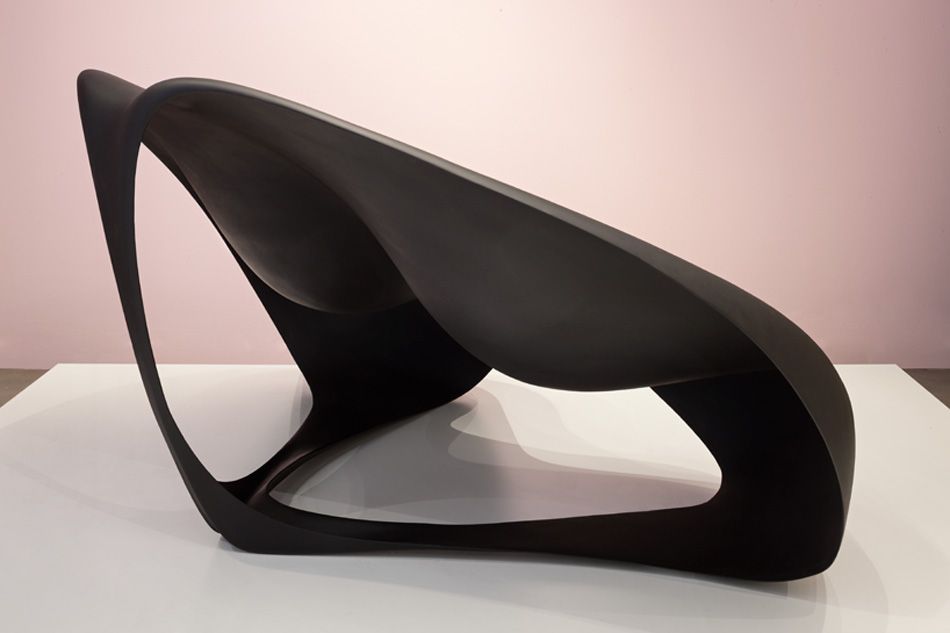
Using the Eco ADCP to Understand Manta Ray Habitatįor any at-risk species, protecting juveniles and their nursery areas is generally considered a must-do.
#MANTA RAY URBAN EXPLORER FULL#
“I learned that the surface current and the bottom current are not the same,” she recounts, noting that the bottom current is stronger than the surface current, on incoming tides, and with the full moon. “When I got the reports, I was very excited that put everything together for me instead of sending me a spreadsheet with a bunch of data that I didn’t understand,” says Pate, who was quickly able to identify some interesting patterns from the visualizations provided. “It was pretty idiot-proof,” she says, explaining that generating the reports simply requires connecting the Eco wirelessly to a website and waiting for the report (and the raw data) to be produced. Currents in the lower and middle depth ranges varied much more than at the surface.Įffortless Processing of Current Measurement Dataĭata collection is one thing, but for those like Jessica Pate who do not regularly work with oceanographic instruments, extracting the data and translating it into something meaningful can be a challenge.įor Pate, the deployment reports generated by the Eco were a boon. On a daily basis, current flow varied with the tide (stronger on an incoming tide). Instead of using a boat, Pate’s boyfriend deployed the instrument using his stand-up paddleboard.
#MANTA RAY URBAN EXPLORER PORTABLE#
“It was so easy to set up – all you do is go onto the online portal, input the time and date you want it to start recording, and deploy it,” says Pate.īeing just the size of a large coffee cup, the Eco is a natural fit for the shallows and is extremely portable – a feature which proved particularly useful when Covid-19 restrictions blocked access to the marina containing the boat Pate could use.

#MANTA RAY URBAN EXPLORER PLUS#
Fitted with a transducer with a maximum profiling range of 20m, plus sensors for temperature, pressure, tilt and heading, the Eco offers such users a simpler, low-cost and user-friendly alternative to its larger, more heavily equipped sibling ADCPs. The Eco is designed with users like Pate in mind – those who are interested in understanding the physical nature of shallow-water environments but lack in-depth training or experience in using oceanographic instruments. “They will come around and face into the current, which is really strong, and just sit,” says Pate, who sees groups of up to six manta rays sitting in the inlet for hours at a time. I try to avoid it at all costs,” Pate says.ĭespite the risks, and the shallow water (Pate estimates Boynton Beach Inlet’s maximum depth to be around 10m), the inlet seems to be a popular location for the manta rays.

“There’s this man-made inlet that’s known for being one of the most dangerous inlets because it’s very skinny with seawalls, and boats come flying through. What’s more, these particular ‘urban manta rays’ are also singling out some particularly hazardous locations. With Florida’s coast so highly developed, it is a surprising location for a nursery area. “I know hundreds of people researching sea turtles, and I couldn’t believe that no one was studying manta rays ,” she says. Surprised to see manta rays, Pate searched for more information but found very little.


 0 kommentar(er)
0 kommentar(er)
